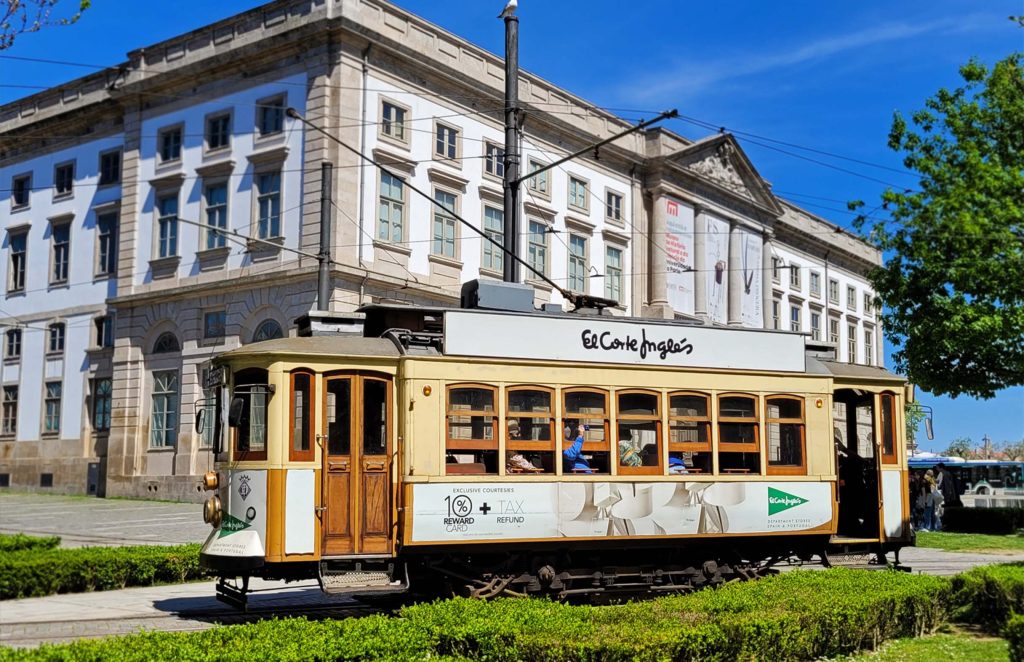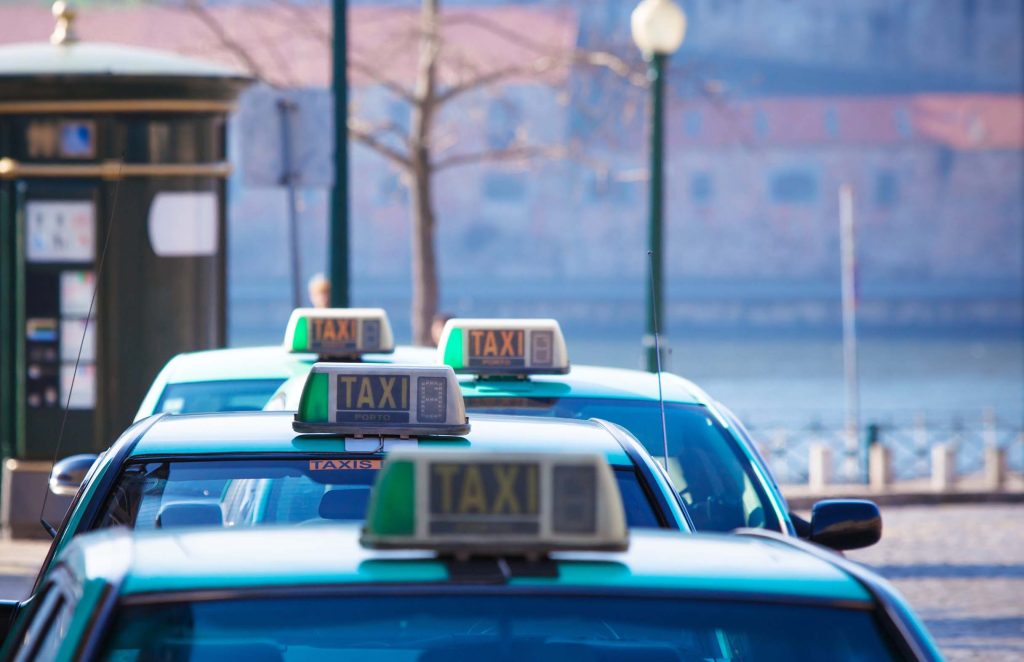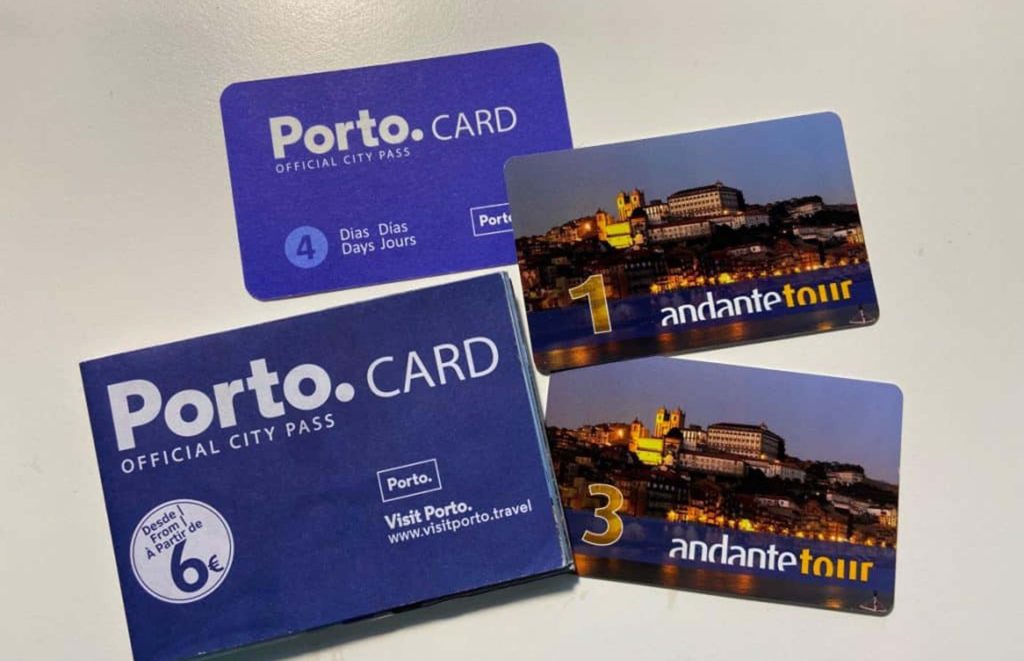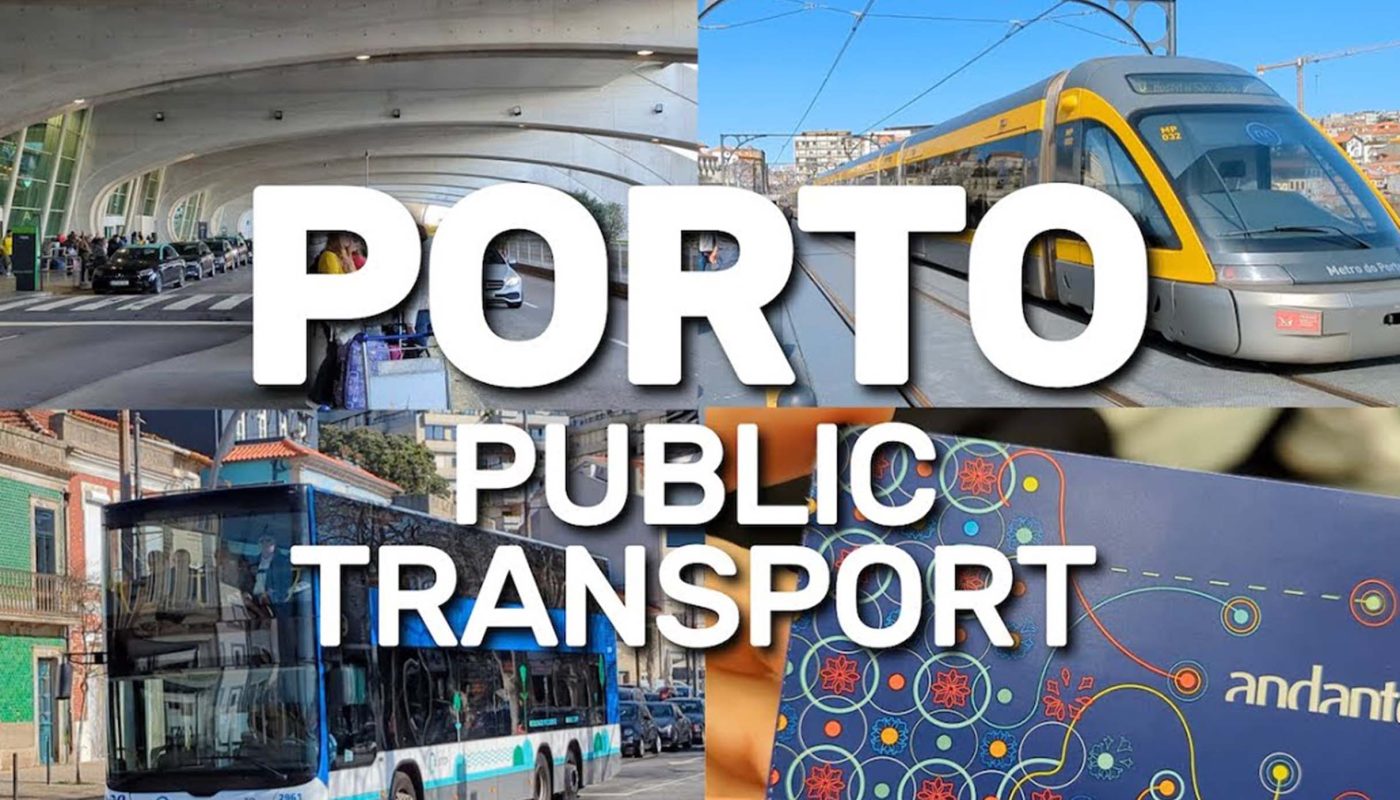Porto, a city rich in history, culture, and stunning vistas along the Douro River. Navigating this enchanting Portuguese city is made easy with its diverse transportation options, catering to both residents and tourists alike.
Give Your Tech a Second Life
Give your devices a second life with Gazelle.com
Sell your old tech or buy certified pre-owned phones and laptops — saving money while reducing e-waste.
Smart for you. Good for the planet.
From iconic trams to serene river cruises, Porto offers a plethora of ways to explore its vibrant neighborhoods and scenic landscapes.
1. Public Transportation
Porto boasts an efficient and well-connected public transportation system, comprising metro, buses, trams, and funiculars, ensuring convenient access to various parts of the city.
Metro:
The Metro do Porto is a modern and reliable underground system that plays a crucial role in Porto’s public transport network. It covers a substantial area of the city, extending to surrounding municipalities like Maia, Matosinhos, and Vila Nova de Gaia. The metro system is known for its cleanliness, punctuality, and user-friendly design.
The network consists of several lines:
- Line A (Blue Line): Connects Senhor de Matosinhos in Matosinhos to Estádio do Dragão in eastern Porto, passing through the city center at Trindade interchange.
- Line B (Red Line): Links Póvoa de Varzim to Estádio do Dragão, intersecting with Line A at Trindade.
- Line C (Green Line): Connects ISMAI in Maia to Campanhã, with a major stop at Trindade.
- Line D (Yellow Line): Travels from Hospital de São João in northern Porto to Santo Ovídio in Vila Nova de Gaia, crossing the Douro River via the Dom Luís I Bridge.
Each station is equipped with ticket machines that accept cash and contactless payments, making it convenient for tourists to purchase Andante cards (Porto’s integrated travel card) or single tickets. The metro operates from early morning until around midnight, with extended hours on weekends and public holidays.
Bus:
Porto’s bus network complements the metro, serving areas not covered by the subway system and providing connections to neighborhoods, suburbs, and attractions beyond the metro’s reach. STCP (Sociedade de Transportes Colectivos do Porto) operates the bus services, which are well-integrated with the metro and other forms of transport.
Buses are a practical choice for reaching destinations like Boavista, Foz do Douro (the beach district), and areas in the eastern and western parts of Porto. Tourists can use the Andante card on buses, or purchase single tickets onboard from the driver at a slightly higher cost.
Tram:
The trams of Porto are iconic symbols of the city’s transportation heritage. Tram 1, known as the “Electrico,” is the most famous route, winding its way through Porto’s historic center, including Ribeira and Batalha. The vintage trams add a nostalgic charm to the cityscape and are popular with tourists seeking a unique perspective on Porto’s architecture and daily life.
Tram 22 also offers scenic views along the Douro River, passing through Massarelos and ending at the riverside suburb of Passeio Alegre. Trams operate daily from early morning until late evening, with frequent service during peak tourist seasons.

Funiculars:
Porto’s hilly terrain is navigated by two funicular railways, offering both practical transport and panoramic views.
- Funicular dos Guindais: Connects Ribeira, near the Dom Luís I Bridge, to Batalha. This funicular is a convenient way to avoid steep climbs while enjoying breathtaking views of the Douro River and the historic city center.
- Funicular da Ribeira: Provides access from Ribeira to the upper part of the city, near the cathedral and São Bento train station. It’s a popular route for tourists exploring Porto’s historical landmarks and vibrant streets.
Both funiculars are included in the Andante network, making them accessible with the same travel card used for the metro and buses.
2. Biking and Walking
Exploring Porto on foot or by bicycle allows visitors to immerse themselves in the city’s atmosphere, discovering hidden gems and scenic viewpoints at their own pace.
Bike Rentals:
Porto is increasingly bike-friendly, with dedicated bike lanes and rental services catering to tourists and locals alike. Numerous rental shops offer a variety of bicycles, including traditional bikes and electric models for tackling Porto’s hills with ease.
Popular routes include cycling along the Douro River, exploring the Atlantic coastline towards Matosinhos, or venturing into Porto’s green spaces like Parque da Cidade (City Park). Rental prices are competitive, with options for hourly, daily, or weekly rates depending on your itinerary.
Walking Tours:
Guided walking tours provide invaluable insights into Porto’s history, culture, and architecture. Knowledgeable guides lead visitors through narrow alleys, historic squares, and scenic viewpoints, offering stories and anecdotes that bring Porto’s past and present to life.
Popular walking tour themes include:
- Historical Porto: A journey through Porto’s UNESCO-listed old town, featuring landmarks like São Bento Station, Clérigos Tower, and Porto Cathedral.
- Street Art Exploration: Discover Porto’s vibrant street art scene, with murals and graffiti adorning walls in neighborhoods like Miragaia and Cedofeita.
- Gastronomic Tours: Sample Porto’s culinary delights, from traditional pastries at local bakeries to port wine tastings in riverside cellars.
Walking tours are available in multiple languages and can be tailored to specific interests, making them ideal for solo travelers, couples, and groups seeking an immersive Porto experience.
3. Taxis and Ride-Sharing
Taxis and ride-sharing services provide convenient transportation options for navigating Porto’s streets, especially for late-night travel or destinations not easily accessible by public transport.
Taxis:
Licensed taxis in Porto are cream-colored with a green rooftop sign and operate on metered fares. Taxis can be hailed on the street, found at taxi ranks throughout the city, or booked via phone or mobile apps. It’s advisable to carry cash for taxi fares, as some drivers may not accept credit cards.
Taxis are a practical choice for traveling to Porto Airport, visiting attractions outside the city center, or exploring nearby towns like Vila Nova de Gaia and Matosinhos.

Ride-Sharing:
Apps like Uber and Bolt are popular in Porto, offering competitive rates and convenience for on-demand transportation. Simply download the app, set your pickup location and destination, and choose from available vehicle options such as standard cars or larger vehicles for groups.
Ride-sharing services provide upfront pricing estimates, real-time tracking, and cashless transactions, making them a preferred choice for tourists seeking hassle-free travel in Porto.
4. River Transport
The Douro River not only enhances Porto’s picturesque setting but also serves as a mode of transportation and leisure activity.
River Cruises:
Cruising the Douro River is a quintessential Porto experience, offering panoramic views of the city’s skyline, historic bridges, and terraced vineyards of the Douro Valley. Various companies operate sightseeing cruises, ranging from short tours around Porto’s six bridges to day-long excursions into the Douro wine region.
Highlights of Douro River cruises include:
- Dom Luís I Bridge: Designed by Gustave Eiffel’s student, Théophile Seyrig, this iconic double-decked bridge connects Porto to Vila Nova de Gaia and offers stunning views from both levels.
- Ribeira District: Porto’s historic riverside quarter, known for its colorful buildings, waterfront cafés, and lively atmosphere.
- Port Wine Cellars: Along the riverbanks of Vila Nova de Gaia, famous port wine cellars offer guided tours and tastings, providing insights into Portugal’s winemaking traditions.
Day cruises often include lunch onboard and stops at charming riverside villages like Pinhão or Peso da Régua, allowing passengers to explore beyond Porto’s city limits.
Water Taxis:
For personalized transportation on the Douro River, water taxis provide on-demand services between Porto and Vila Nova de Gaia or private boat tours for small groups. Water taxis are ideal for accessing riverside restaurants, attending events at riverside venues, or simply enjoying a scenic sunset cruise along Porto’s waterfront.
Booking a water taxi in advance is recommended, especially during peak tourist seasons or for special occasions like romantic dinners or private celebrations.
5. Car Rentals
Renting a car in Porto offers flexibility for exploring the city’s outskirts, nearby beaches, and historical landmarks at your own pace.
Car Rental Agencies:
Major car rental companies have offices at Francisco Sá Carneiro Airport (OPO) and downtown Porto, offering a range of vehicles from compact cars to SUVs and luxury models. It’s advisable to book in advance, especially during peak travel periods, to secure competitive rates and preferred vehicle types.
Driving in Porto:
- Traffic and Parking: Porto’s city center is characterized by narrow streets, historic districts, and limited parking spaces. Traffic congestion can occur during rush hours, particularly in areas like Boavista and Avenida dos Aliados. Consider using public transport or walking for exploring Porto’s main attractions.
- Toll Roads: Some highways in Portugal, including routes to nearby cities like Braga and Guimarães, are toll roads. Rental cars may be equipped with electronic toll transponders or require payment at toll booths, so inquire about toll policies with your car rental provider.
Exploring Porto by car allows for day trips to nearby destinations like:
- Matosinhos: Known for its seafood restaurants and sandy beaches, Matosinhos is a popular retreat for surfers and beachgoers.
- Guimarães: A UNESCO World Heritage Site, Guimarães is Portugal’s birthplace with medieval architecture, cobblestone streets, and the imposing Guimarães Castle.
Tips for Getting Around Porto
Navigating Porto’s transportation network is straightforward with a few tips and practical advice:

- Andante Card: Purchase an Andante Card for seamless access to Porto’s metro, buses, and some trains. Available in various durations (e.g., 1 day, 3 days), the card can be topped up as needed at metro stations, newsagents, and select retailers.
- Comfortable Footwear: Porto’s streets are often cobbled and hilly, so wear comfortable walking shoes or sneakers for exploring on foot.
- Transportation Apps: Download apps for Porto’s public transport (e.g., STCP, Metro do Porto) or ride-sharing services (e.g., Uber, Bolt) for real-time schedules, route planning, and booking rides.
- Language: While English is widely spoken in tourist areas, learning basic Portuguese phrases (e.g., greetings, directions) can enhance your travel interactions with locals.
- Off-Peak Travel: Avoid peak hours (morning and evening rush) for smoother rides on metro, buses, and trams. Plan visits to popular attractions early in the morning or late afternoon to avoid crowds.



